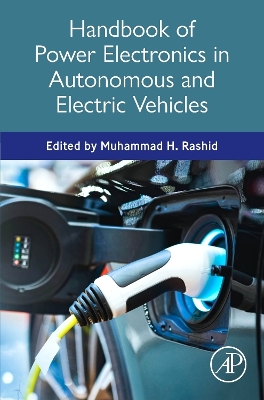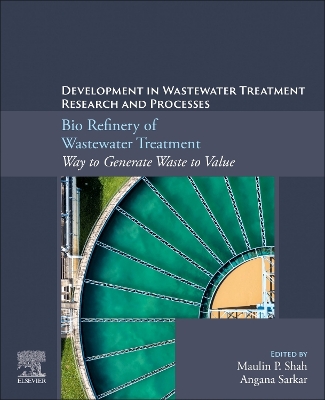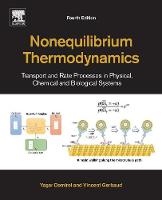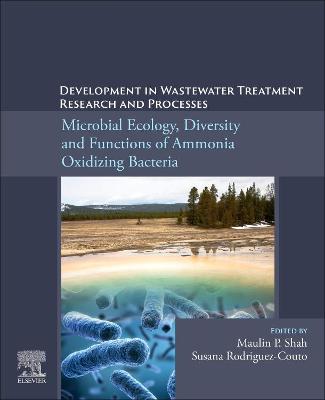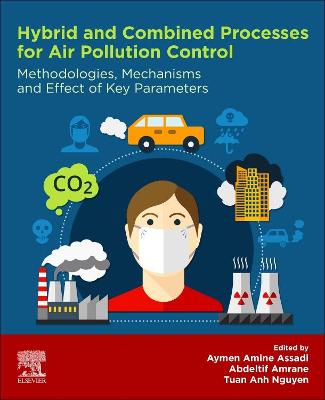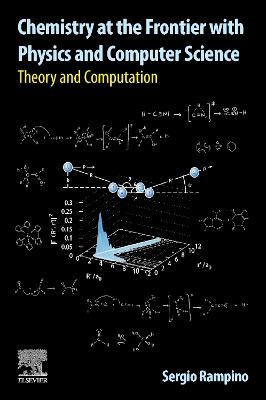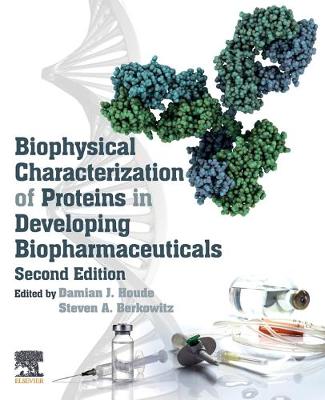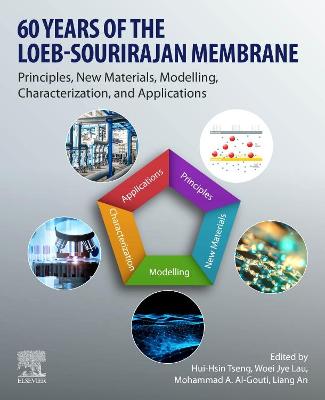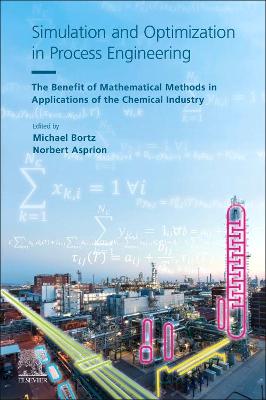Solution Thermodynamics and Its Application to Aqueous Solutions
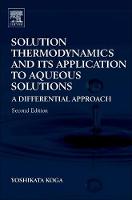 -10%
portes grátis
-10%
portes grátis
Solution Thermodynamics and Its Application to Aqueous Solutions
A Differential Approach
Koga, Yoshikata
Elsevier Science & Technology
03/2017
444
Mole
Inglês
9780444636294
15 a 20 dias
720
Part B: Studies of Aqueous Solutions Using the Second, the Third, and the Fourth Derivatives of GV: Mixing Schemes in Aqueous Mono-olsVI: Mixing Schemes in Aqueous Solutions of NonelectrolytesVII: Effects of Nonelectrolytes on the Molecular Organization of H2O - 1-Propanol (1P) Probing MethodologyVIII: Effects of Ions on the Molecular Organization of H2O - 1-Propanol (1P)-Probing MethodologyIX: Interactions in Ternary Aqueous Solutions - General TreatmentX: Differential Approach Applied to Spectroscopic Studies on Aqueous SolutionsXI: The Koga Line - Boundary Between Environmentally Friendly and Hostile Water and Aqueous SolutionsXII: In Closing - Executive Summary of the Effect of Solute on H2O
Part B: Studies of Aqueous Solutions Using the Second, the Third, and the Fourth Derivatives of GV: Mixing Schemes in Aqueous Mono-olsVI: Mixing Schemes in Aqueous Solutions of NonelectrolytesVII: Effects of Nonelectrolytes on the Molecular Organization of H2O - 1-Propanol (1P) Probing MethodologyVIII: Effects of Ions on the Molecular Organization of H2O - 1-Propanol (1P)-Probing MethodologyIX: Interactions in Ternary Aqueous Solutions - General TreatmentX: Differential Approach Applied to Spectroscopic Studies on Aqueous SolutionsXI: The Koga Line - Boundary Between Environmentally Friendly and Hostile Water and Aqueous SolutionsXII: In Closing - Executive Summary of the Effect of Solute on H2O




